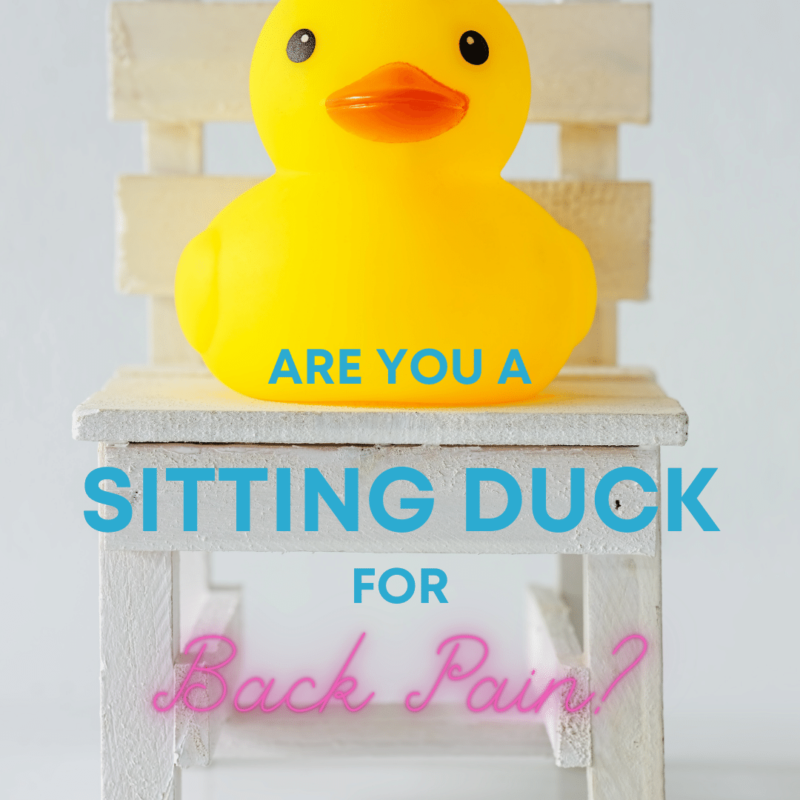Modern society favors inactivity and the National Health and Nutrition Examination Surveys note that as many as 70% of people spend 6 or more hours of their day sitting. Perhaps one of the greatest examples of this is work environments that require their employees to sit for long periods of time during the work week. Other examples include commuting longer distances for work and spending more time in front of the TV when not working.
If you suffer from chronic back pain, however, one of the worst things you can do is sit for long periods of time. In fact, sitting for extended periods of time can actually be contributing to your back pain. Not to mention the fact that inactivity in general is not exactly great for your overall health. Recently, the medical community has even coined the term “sitting disease” to describe the effects that long-term sitting can have on the body.

At a glance, research has found that prolonged sitting can affect the body in the following ways:
- Increases the risk of dying from all causes
- Increases the risk of developing cardiovascular disease and type II diabetes
- Increases the risk of developing breast, colon, colorectal, endometrial, and epithelial ovarian cancer
Unfortunately, the same research also found that even people who exercised regularly were still at risk of developing the same medical issues, however, they were slightly less likely to develop these issues. This data indicates that regular exercise is not enough to be sedentary the rest of the day, and that frequent light activity is actually recommended to decrease the risk of these medical issues. In fact, the Clinical Journal of the American Society of Nephrology found that adding two minutes of light activity for every hour of sitting reduces the risk of death by one-third.
In addition to increasing your risk of death and medical issues, sitting for long periods of time also wreaks havoc on your neck and back. This is because sitting puts more stress on your spinal discs and muscles. Your hip flexor muscles and buttock muscles are also used to support the spine while sitting and can become tight after sitting for long periods of time. Not to mention the fact that your posture tends to change the longer you sit. Poor posture stretches spinal ligaments and discs into unnatural positions, which can strain your back and increase disc pressure.
Occasionally sitting for extended periods of time may result in soreness in the neck and back, however routine sitting can eventually cause irreversible damage on your spine. For starters, sitting for long periods of time increases the rate of wear and tear on your spinal discs, increasing your risk for pain and dysfunction at a younger age. Even in cases where you feel comfortable sitting for long periods of time, you are still stressing your spine.
To prevent back or neck pain due to sitting, here are some tips:

- Try to stand up and stretch at least once every half hour
- Get 2 mins of light physical activity every hour that you are sitting
- Invest in a sit-stand desk
- Do some work standing at a counter
- Park your car further from the office to increase your step count
- Talk a short walk during your lunch break
- Try to mix sitting, standing, and movement throughout your day










